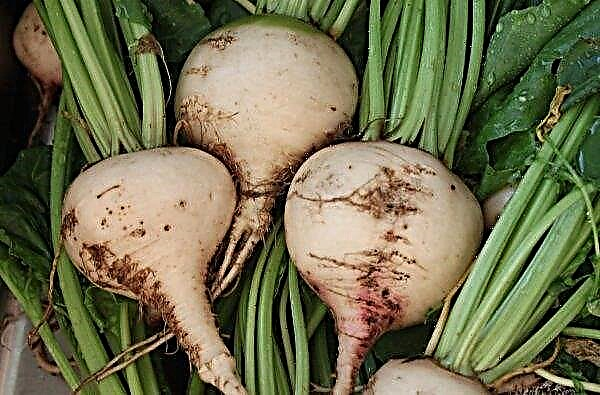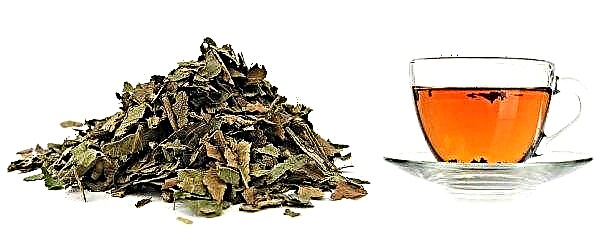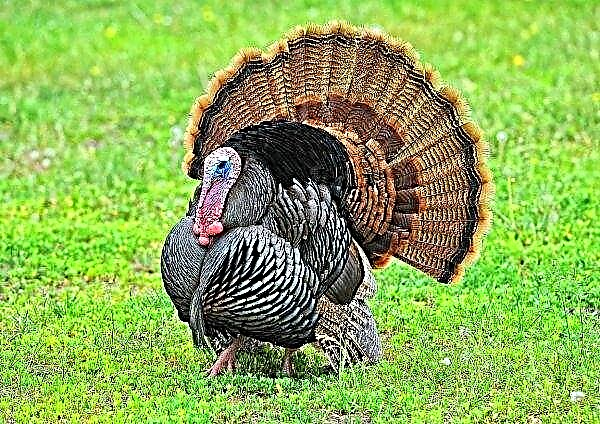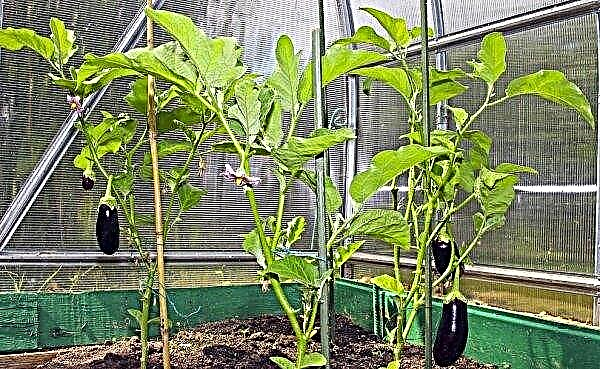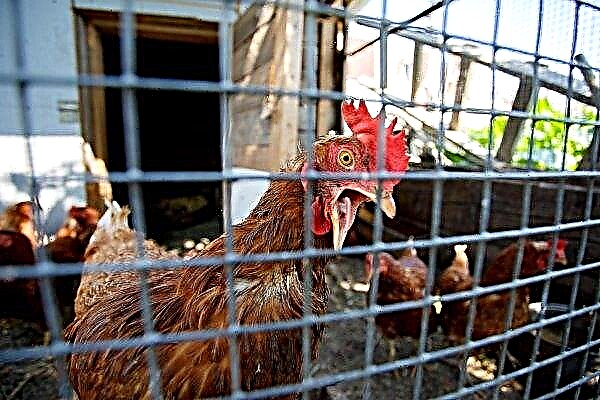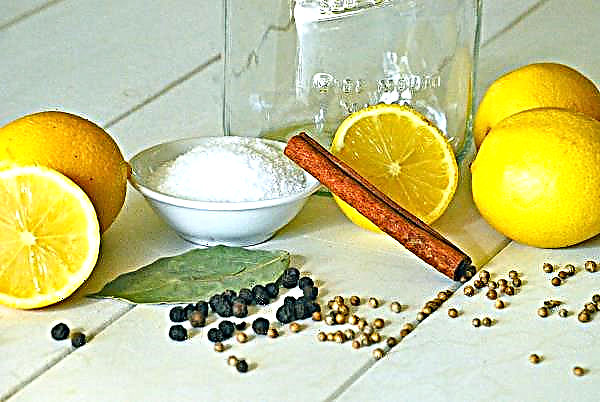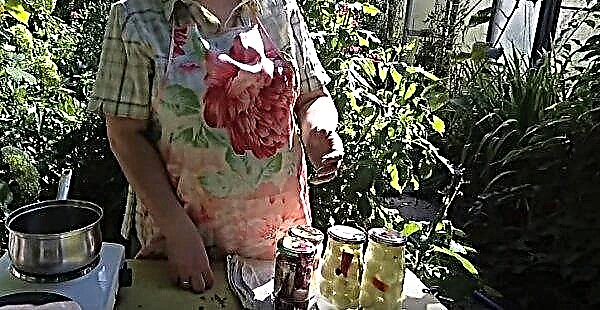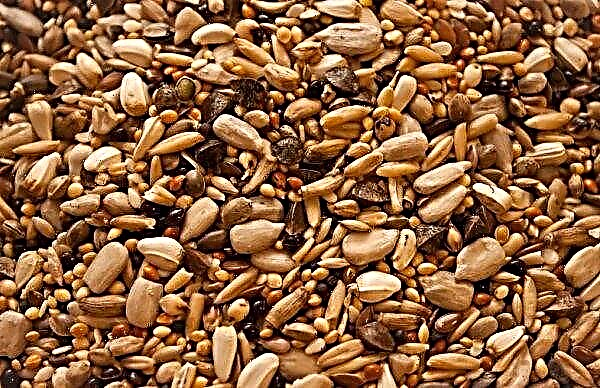Alyssum Snow carpet is a good decoration of both the flower garden in the country and the landscape in the park design. This plant blooms almost all summer and, in combination with other flowers, forms beautiful compositions. This material discusses the cultivation and care of this beautiful flower.
Description of alissum
Alyssum (lobularia, alyssum) is a species of plants from the cabbage family (cruciferous). In late spring, small bushes bloom profusely in small flowers. Depending on the variety, the flowers can be white, yellow, lemon, red, burgundy, purple.
Important! Alyssum breeds well and self-seeding, but so it can occupy the entire surrounding area.
Variety Snow carpet has white flowers that are so densely arranged that they cover themselves with leaves and stems. Spreading bushes, shoots reach a length of 30 cm. The plant is frost-resistant and tolerates drought well. It is used to decorate suburban, personal and park plots, as well as as a honey plant. Bushes are grown as annuals, but in regions with a warm climate, alissum grows and the next year.
Landing rules
You can grow a snow carpet both seedlings and seeds. The seedling method is more often used in more severe climates, so that precious warm time is not wasted on the growing season.
Growing seedlings from seeds
Seedlings must be grown 7-8 weeks before the alleged planting of seedlings in the soil. Usually, seed planting is done in early April, so that the plants have time to form and adapt normally to growth in a constant place.
Cultivation is carried out in the following sequence:
- Prepare a container for growing seedlings. In the bottom of the tank, make holes for the drain of excess liquid, then rinse the inside of the box with a solution of potassium permanganate.
- Fill the container with loose neutral soil, which must be fertilized with organic matter and moistened with the drip method.
- Sprinkle the seeds on the ground and press down a little with your fingers without dipping into the soil.
- Cover the boxes with seeds with a transparent film and put in a lighted place for several days.
- After the second leaf appears on the ascended seedlings, the plants need to be dived into cups.
 Fertilizing seedlings is done with a weak solution of manure twice - when sprouts are biting and a week after planting.
Fertilizing seedlings is done with a weak solution of manure twice - when sprouts are biting and a week after planting.
Transplanting seedlings in the open ground
You can plant in the open ground after the end of spring night frosts. This is usually done in the first half of May.
Before planting, seedlings must be tempered:
- 2-3 days on the windowsill with the window open for 4-5 hours;
- 2-3 days on the windowsill for 12 hours;
- several days on the balcony or in the garden around the clock.
The transplant is performed on a sunny day in the morning or in the evening. Before landing, holes are prepared at a distance of 20 cm from each other. Wells are watered and fertilized with humus, after which a seedling is placed there and sprinkled with earth on the root neck. After planting, you need to pour warm water on each bush.
Sowing seeds directly into the ground
Seed planting is carried out in the pre-winter - in the middle or end of November. Each seed is laid on the surface of the soil and pressed a little without sprinkling with earth. In spring, the stems of the sprouted seedlings are slightly raked with soil and grown to 4-6 leaves. Next, a dive is carried out at constant growth sites.
Video: how to sow alissum
Outdoor Care
Caring for an alissum is simple - this plant needs watering, fertilizer and timely pruning.
Watering
Watering the bushes is necessary in moderation - this plant tolerates drought well, but is critical to excessive moisture. Therefore, watering is necessary after the soil near the main stem dries to a depth of about 3 cm. You can check this with your finger, immersing it in the soil.
Did you know? Cabbage plants have been known to man since the Stone Age. It was then that the first data on their use in food appeared.
After heavy rains, you do not need to water the plant - natural moisture at this time is more than enough. During the ovary buds and the first 1-2 weeks of flowering, the bushes are watered more abundantly. Otherwise, the bush can drop both the ovaries and already flowering buds.
Fertilizer
After disembarkation in the wells, where top dressing has already been laid, alissum is fed four times according to this scheme:
- before the growing season: nitrogen mixture in the root zone - 50 g;
- before flowering: nitrogen mixture at the root - 50 g;
- one month after the beginning of flowering: phosphorus and potash fertilizers - 20 g;
- at the end of flowering: organic dressing - per liter of liquid chicken droppings or manure.
Pruning
Sanitary pruning is performed at any time - damaged, diseased and weak branches are removed. Formative pruning is done to improve the bush so that it grows in the “right direction”. The most active shoots are shortened by a third, mature and withering stems are removed under the root. In areas with warm climates, where plants can grow for two years, forming pruning is carried out after flowering.
Diseases, pests and methods of dealing with them
Like all cruciferous plants, alissum can become infected with the same diseases and suffer from pests. With proper care, the disease bypasses the asissum side. If the plant was nevertheless affected by late blight, its aerial part is treated with a fungicide such as Thanos, Ordan or copper chloroxide. At the initial stage of infection, treatment with a soap solution or Bordeaux liquid helps.
Important! During flowering, this honey plant cannot be treated with chemicals so as not to poison the bees. It is better to collect parasites manually or spray with acetic liquid.
Cruciferous flea
This microscopic midge can spoil not only the appearance of crops, but also destroy plants in general. They fight it with a solution of vinegar (a tablespoon per liter of water) - they spray the plant. In complex cases, insecticides (for example, Actellic) are used for flowering plants, in accordance with the instructions, before or after flowering.
Butterfly butterflies
Butterflies are very fond of cabbage plants and can seriously harm them. You can fight these gluttonous insects with the help of a lepidocide - a bioinsecticide that negatively affects the intestines of parasites. Processing plants is carried out in late spring before the onset of the period of activity of butterflies.
Powdery mildew
It appears on plants that receive excess watering and do not have sufficient drainage. Leaves become whitish on the underside, then turn yellow and fall off. Powdery mildew can be combated with a soap solution or fungicides. It is also necessary to collect all affected leaves and burn them outside the site.
White rust and brown rot
These two diseases are capable of destroying the entire colony of plants, and therefore it is necessary to deal with them radically. A bush on which manifestations of these ailments are detected is simply taken root and burned outside the site or park. In the form of prevention, it is possible to carry out forming pruning more often and remove underdeveloped sprouts.
Alyssum Landscaped Snow Carpet
The plant looks good both independently and in addition to a group of other flowers, in landscape design. You can make flowing flows with a chaotic change of direction, beautiful alpine hills, stone flower beds (rockeries), rectangular sections of flower beds (rabatki) or just living borders.
Did you know? Lobularia (the second alissum nasal) can grow in rocky terrain. She will survive a prolonged lack of moisture and break through even between the stones.
A snow carpet can replace rails for descending along a staircase, depict “pouring liquid” from garden flowerpots and cover entire areas around monuments, park sculptures, etc. On the balcony and loggia alissum is well adjacent to the viola, forget-me-nots, and petunias. During its flowering, a variety of "companions" are possible, which bloom less time. Alyssum Snow carpet is not only an unpretentious plant, but it also gets along well with other "residents" of the cottage or park landscape. With it, you can create beautiful and colorful compositions. Bushes with small white flowers adorn any area - from a small flower bed to a large park.
Alyssum Snow carpet is not only an unpretentious plant, but it also gets along well with other "residents" of the cottage or park landscape. With it, you can create beautiful and colorful compositions. Bushes with small white flowers adorn any area - from a small flower bed to a large park.

